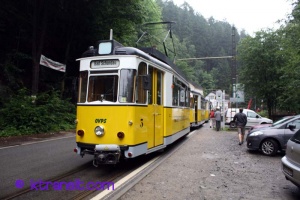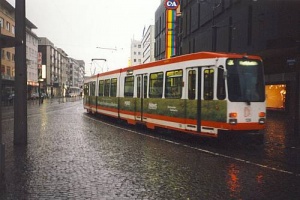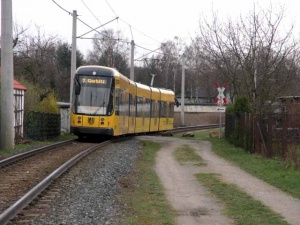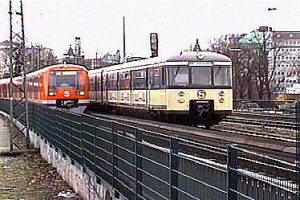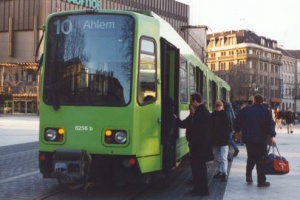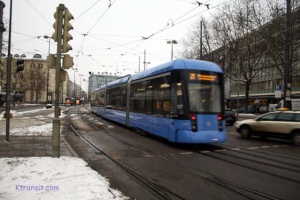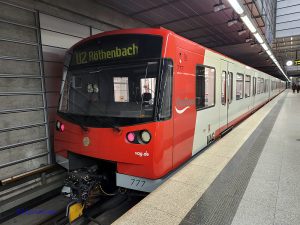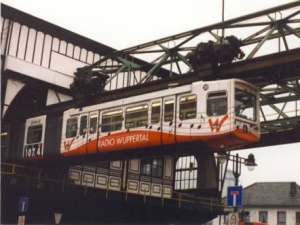Transit Systems of Germany
Germans love their trams and railways. Cities offer effortless integration in different modes with high-quality service. Six cities are featured with 835 photos, 211 new
31 photos
This is a tourist tram running from Bad Schandau along the Elbe River up into the National Park
21 photos
Home to Germany’s largest and oldest U-Bahn (or subway). Since the wall has closed, the U-Bahn and commuter S-Bahn systems link East and West Berlin again. The S-Bahn is still being reconstructed to its pre-war layout. The city is extending the E. Berlin Strassenbahn network into the west side.
4 photos
This city in the Rhein/Ruhr area has placed most of its tram lines in a subway, which is more like a light rail than a metro.
7 photos
Dusseldorf is part of the Rhine-Ruhr hub of German manufacturing. Its airport is the 3rd busiest in Germany and is well connected via rail to the city.
438 photos
Dresden is a city that is changing the unification of Germany. Dresden still retains its extensive Strassenbahn network. The entire city is under reconstruction. The tram lines are being renovated and re-equipped.
31 photos
This city has a tightly integrated U-Bahn/S-Bahn system. The U-Bahn is called Hochbahn, which means elevated or high road/way. When the system opened in 1912, much of the line was elevated outside the city center.
30 photos, 30 new
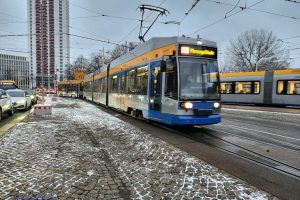
This city has a huge strassenbahn network plus S-Bahn and one of the world’s largest train stations.
75 photos
This Bavarian city has a highly coordinated transit system. One of the nicest in Germany!
11 photos
Wuppertal has a unique rail system: a suspended Monorail that runs mostly over the River Wupper and partially over a city street. It is noisy but a fun operation to ride!
Cities Not Featured
- Too many to list

